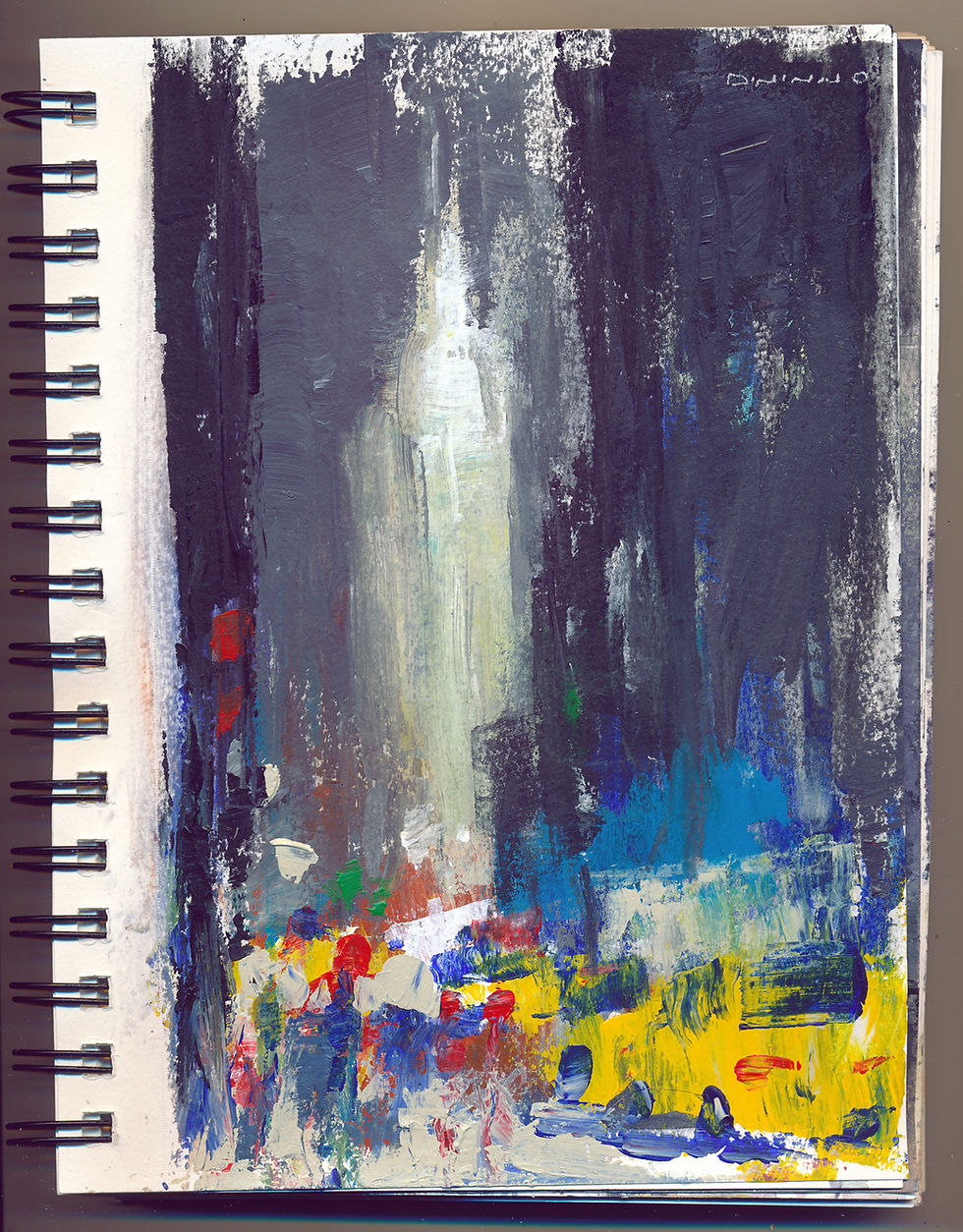Drypoint: Lines of Distinction
- Steve Dininno
- Oct 22, 2016
- 2 min read
Drypoint is one of the techniques I'm currently teaching in my printmaking class at the Atlanta Printmakers Studio. Throughout history, there were many terrific artists who worked in drypoint, among them Durer, Rembrandt, Whistler, Rodin and Cassatt. Modern masters of the medium include Jim Dine, Lee Newman, Jake Muirhead and Richard Pantell. It's the most immediate of the intaglio processes and should be attractive to anyone who likes to draw or sketch. In fact, I've taken to carrying plexiglass and/or copper plates and drypoint tools (needles, scraper, burin, etc.) instead of sketchbooks to do onsite work. Part of the appeal is the ability to capture the spontaneity of a sketch in a technique that is given to reproducing multiple prints using quality paper and inks. Of course, a few sentences in a blog can hardly do justice to the technique, but I'll try to give an overview of it's greatest quality, which is it's distinctive lines and marks. Drypoint produces an endless variety of line qualities that are completely unique to the technique. Depending on the pressure used and the angle in which the needle is held, one can create lines that are very fine or extremely broad and "fuzzy"…with thousands of variations in between. This fuzzy quality is produced by the plexiglass or copper being pushed above the surface of one's plate as the tool is being dragged across and into the surface. It's called "burr" and is much like the displaced soil that lines the sides of a furrow made by a farmer's plow. The burr often holds more ink than the actual line that displaced it. Below is a demo I did for my class along with a closeup of some typical drypoint lines with varying amounts of burr (from the same image):


The above detail shows the diverse line qualities made by varying tools and pressure. The darkest passages were created with just a few lines with the needle, but with so much pressure that the resulting burr is dense enough to create almost solid black shapes. The finer lines and marks resulted from less pressure. So that's it for my little intro to drypoint. If anyone has any questions or would like some additional info, feel free to leave a comment.



Comments